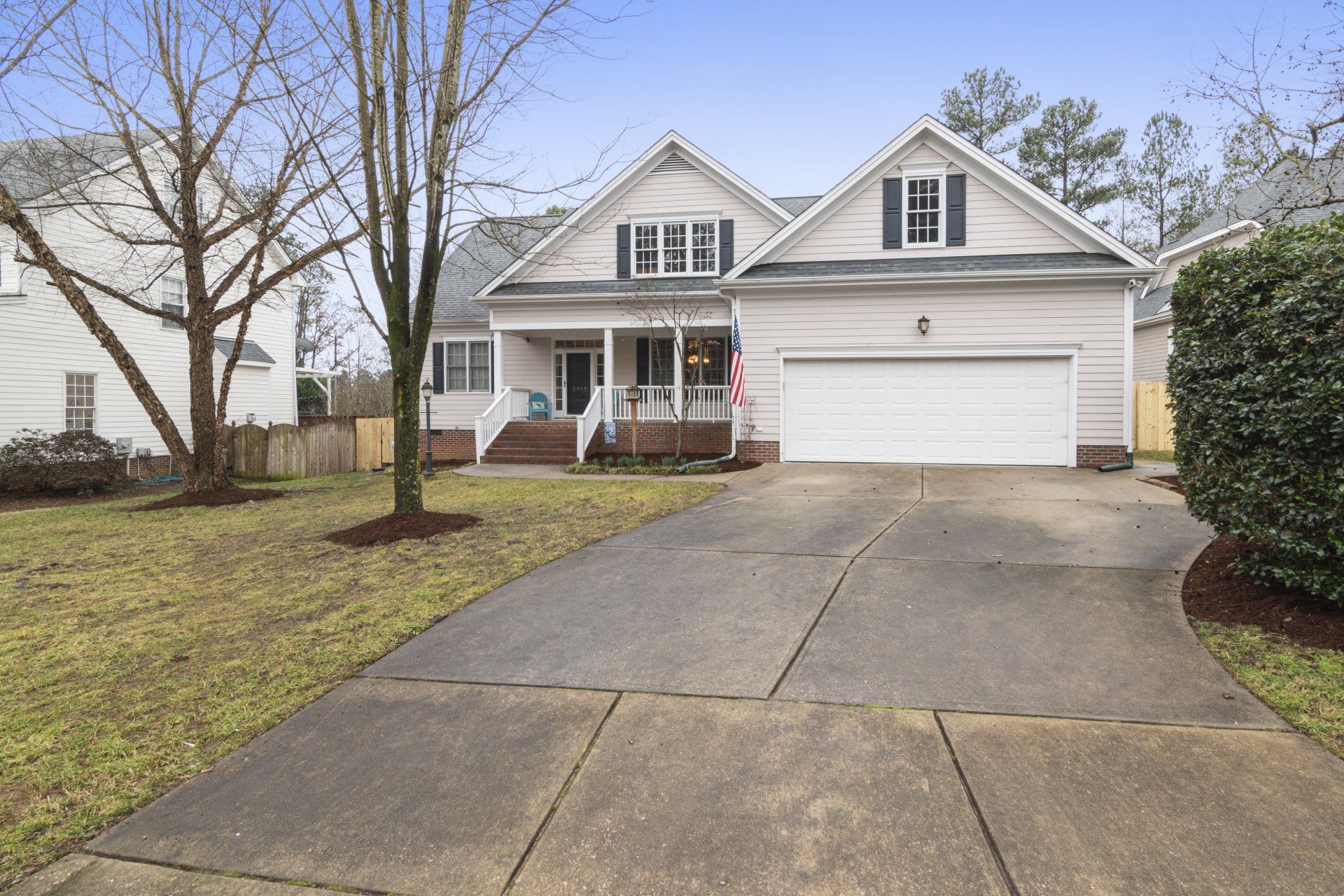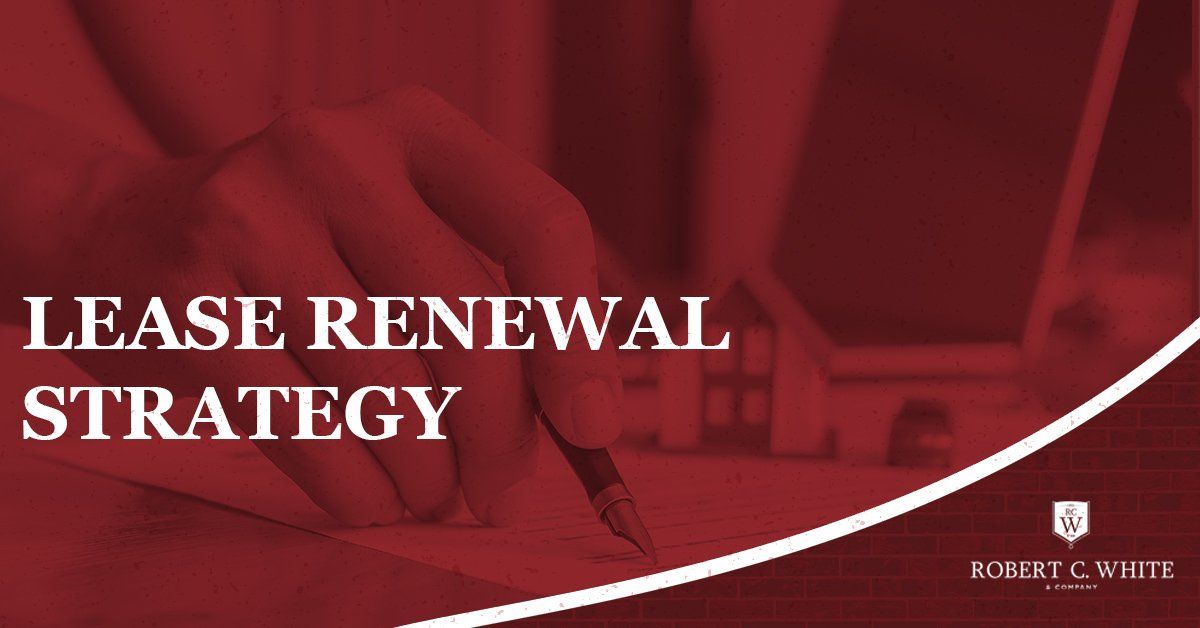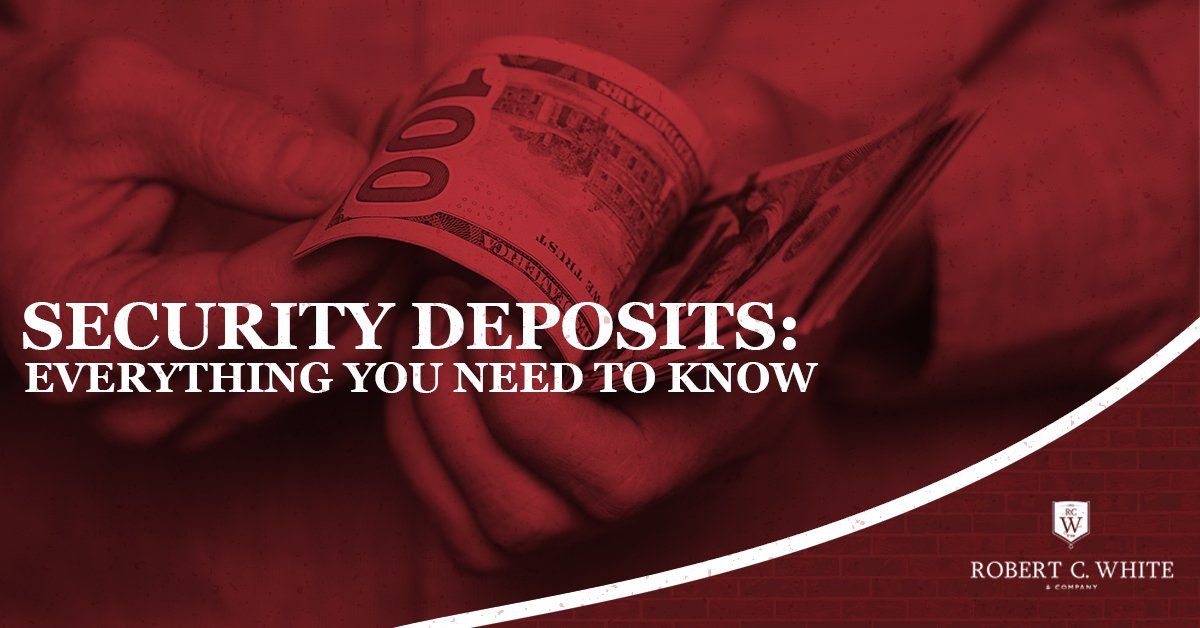Contact Robert C. White & Company
What is Prorated Rent? How Does it Benefit Landlords and Tenants?
What is Prorated Rent? Should Landlords Offer It?

What is Prorated Rent?
Let’s jump right into things and define prorated rent. Many landlords and tenants are unfamiliar with the definition, or, are confused about the benefits of using prorate rent and how to calculate it. Prorated rent can essentially be thought of as a partial rent payment. It is calculated proportionately rather than charging a full monthly price. Typically, tenants sign a lease for one calendar year, but where they do not, is when prorated rent can come in handy. Let’s continue the discussion and show you just how prorated rent is calculated!
How Do You Calculate Prorated Rent?
A prorated rent payment is based on the exact number of days that a tenant occupies a unit, rather than by the month. So, how do we calculate a tenant’s prorated rent? Here is an example calculation for a group of tenants who are moving in after the 1st of the month. First, we’ll need to find the number of days that rent will be prorated and then, the daily cost of renting the particular unit.
Example: Tenant agrees to lease from 11/10/2021 - 11/30/2022 @ $1,500/month.
Because the tenant’s lease is less than the typical twelve-month period, they’ll likely ask for a prorated amount to move in! To charge them appropriately, we need to know the number of days in the period to prorate. That number is 20 days, from the 10th to the 30th of November. Next we’ll take the number of days (20) and multiply it by the daily rental rate...but how do we find the daily rate? We do this by taking the normal 12-month lease cost - $18,000 (12 months x $1,500/month) and dividing by the number of days in the year (365) which comes out to $49.32/day. So…
20 days (length of the prorated period) x $49.32 (cost/day of rental) = $986.40 due for November
This prorated amount is what should be charged for the first 20 day period. Now that you know how to calculate prorated rent, let’s talk about the benefits it can have for both parties, the landlord and the tenant!
Benefits to Landlords
For the property owner or landlord, the benefits or prorated rent are clear. For starters, accepting prorated rent means that vacant units can be filled any day of the month, not just on the first. Without this option, landlords simply miss out on revenue! There is no greater cost to a landlord than vacancy. Secondly, landlords that accept prorated rent are offering convenience to the tenants that they will appreciate. Keeping tenants satisfied and starting on the right foot is hugely beneficial.
Landlords may also consider prorating the rent for an early move out in certain circumstances. Consider a situation where you’ve had an awesome long-term tenant that wants to move out just one week in advance. Normally, this might be a hassle, but if you had another group interested in taking possession of the unit a week early, then you won’t miss out on revenue, and can keep that tenant satisfaction rating high for both old and new groups!
Benefits to Tenants
For tenants, prorated rent is all about the convenience factor. They often have unique circumstances that affect their exact timing for move-in and move-out, so having some flexibility can be helpful. Plus, nobody wants to overpay for something. Landlords have a responsibility to be fair to tenants (and will benefit from doing so), so if someone is moving in on the 25th of November, they probably shouldn’t have to pay for the entire month!
When to Charge Prorated Rent?
There are only two places to use prorated rent, either the first or last month of a tenant’s lease. Assessing prorated rent in the last month of a lease term is easy, just take the cost per day and multiply by the number of days occupied, but what about tenants that are just moving in? What happens when a landlord requires an entire month of rent upfront, as is typical? In situations like this, where a full month is required but tenants want to move-in early, tenants typically pay the entire first month upfront and carry a balance (based on cost/per day multiplied by the number of days) into the second month, which is then charged at the prorated amount. They would then resume normal rent payments with the start of the third month.
Final Thoughts
Prorated rent usually benefits both parties. Tenants get the convenience of moving in or out when it is easiest for them, and they don’t get charged for time occupying a unit that they weren’t in. From a landlord's perspective, prorating rent at the start of a lease means increased rent revenue, and doing so at the end is a kind gesture for any quality tenants. Prorated rent gives both owner and tenant more flexibility without costing much!
Being a landlord can be a full-time job!
Connect with a rental advisor to see how Robert C. White & Company can help.
Our Services
Main Office: (860) 613-6290
Our Services: (860) 200-3331
info@robertcwhite.com
57 Dodge Ave Suite 107, North Haven, CT 06473
CT Licensed Broker #0790511

Business Hours
- Mon - Fri
- -
- Sat - Sun
- Closed
Business Hours
- Mon - Fri
- -
- Sat - Sun
- Closed












